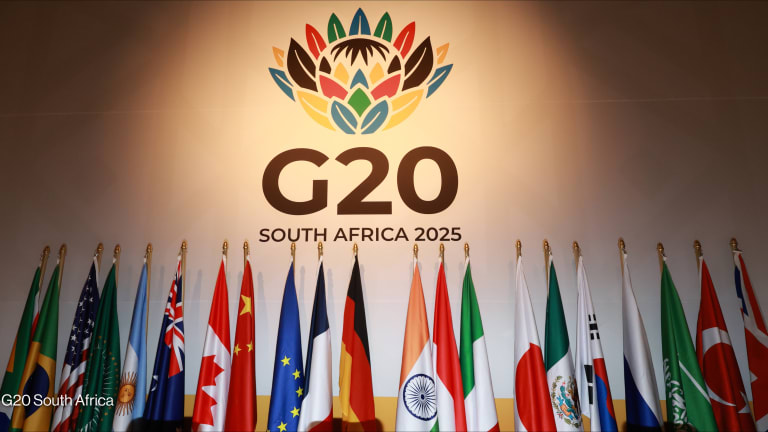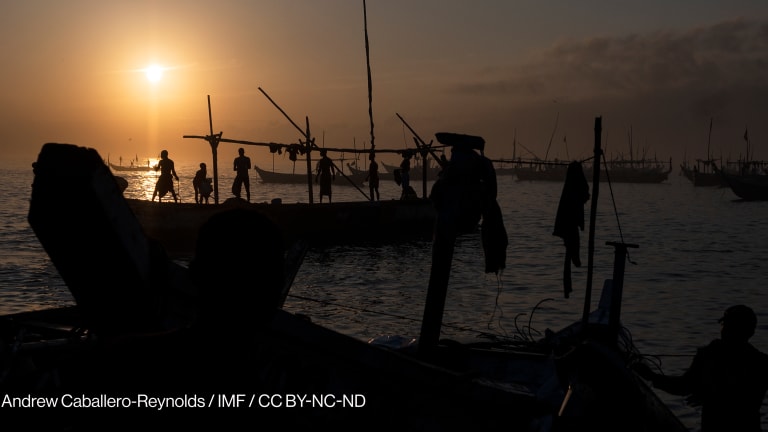
The global response to the debt crisis is leaving behind a group of largely middle-income countries that will see long-lasting limitations on development-related spending domestically even if they don’t default, according to an analysis of debt vulnerability by the United Nations Development Programme.
“We are facing an increasingly severe situation in terms of fiscal space and a world that is increasingly divided into those who are able to stand up a response in fiscal and financial terms and those who are increasingly seeing themselves on the verge of a debt crisis,” UNDP Administrator Achim Steiner said on a press call Thursday. Sustainability and budgetary spending ability are not the end goal; rather, they allow countries to respond to the COVID-19 pandemic and build a better and greener future, he added.
The “Sovereign Debt Vulnerabilities in Developing Economies” report found that 72 of the 120 low- and middle-income countries studied are vulnerable to debt challenges, including 19 that are “severely vulnerable.”
The group of 72 vulnerable countries will owe at least $598 billion in debt payments between 2021 and 2025, of which 52% is to private creditors. Low-income countries — which are eligible for relief through the Debt Service Suspension Initiative and Common Framework for Debt Treatments Beyond the DSSI, both from the G-20 group of nations — account for about 6% of the $598 billion, with the rest owed by middle-income countries.
A notable takeaway from the study is that a group of 23 countries fall into a gap: They do not qualify for the G-20 initiatives, and they cannot access low-cost capital in the way that the world’s wealthiest countries do. Most are middle-income countries or small island developing states, and the group owes about 65% of the total debt payments.
The report’s findings reinforce calls by UNDP and others for global debt relief initiatives to be expanded to serve vulnerable middle-income countries as well. While many nations were dealing with mounting debts before COVID-19, the pandemic has exacerbated challenges. In small island states, for example, the collapse of tourism has meant less revenue with which to repay debts.
The international community has put the DSSI and Common Framework in place, and it seems likely to agree to a new issuance of International Monetary Fund Special Drawing Rights, but that is not enough, Steiner said.
The report — released just ahead of the World Bank and IMF’s Spring Meetings, where these subjects are expected to be key issues — indicates that “we need to raise our level of ambition to ensure that debt relief eligibility is extended to all developing countries,” Steiner said.
While some countries are on the brink of default — and others, such as Zambia, have defaulted already — this crisis is more likely to be slow-moving and to constrain critical government spending on a variety of development and climate objectives in the years to come.
“The risk right now is not so much a domino effect of sudden debt defaults that are material to the global financial system. … But what we see is the risk of a rather slow and cumulative process whereby countries are unable to catalyze recoveries — green and inclusive recoveries — because of this lack of fiscal space and the debt overhang,” Steiner said.








